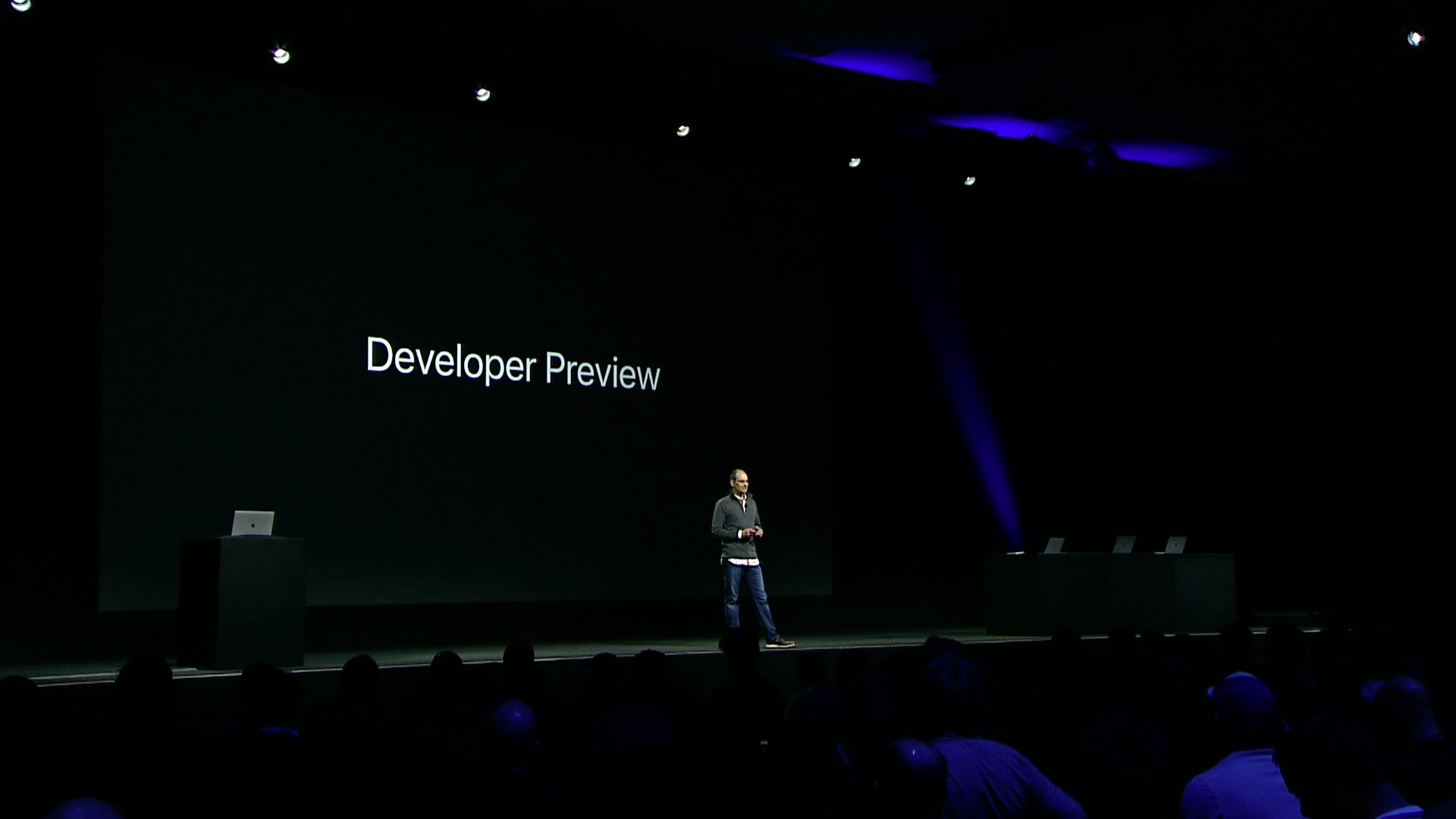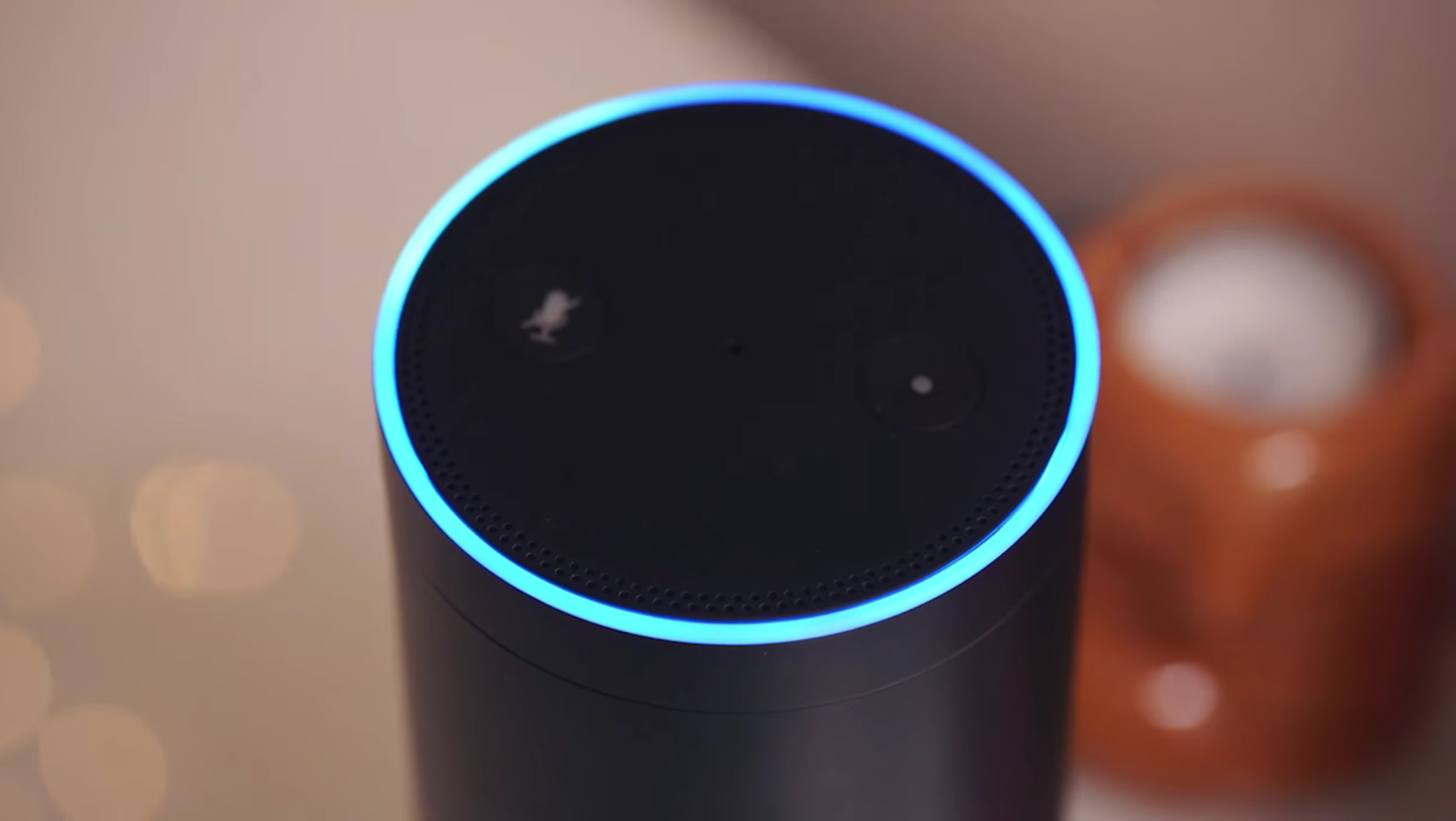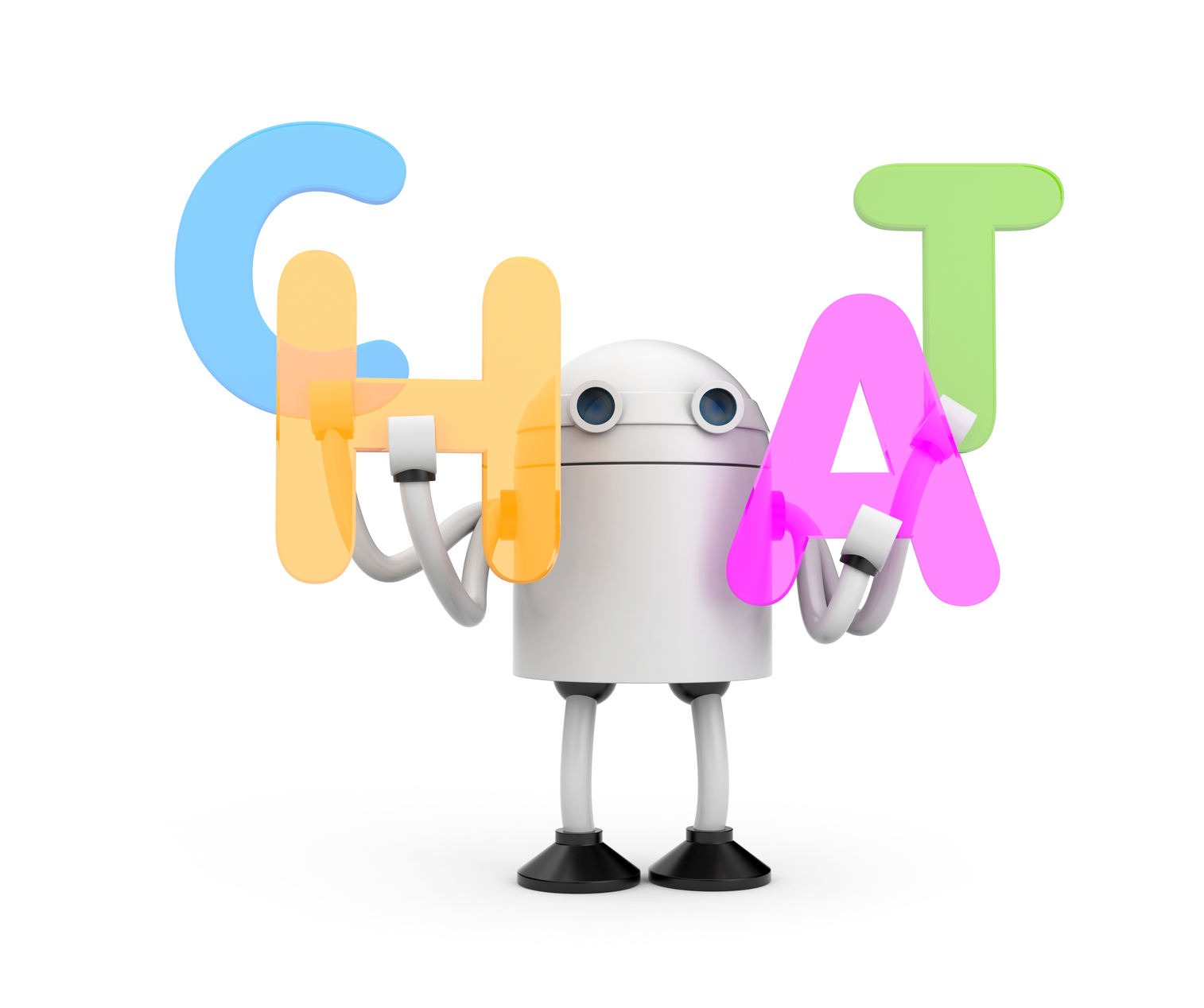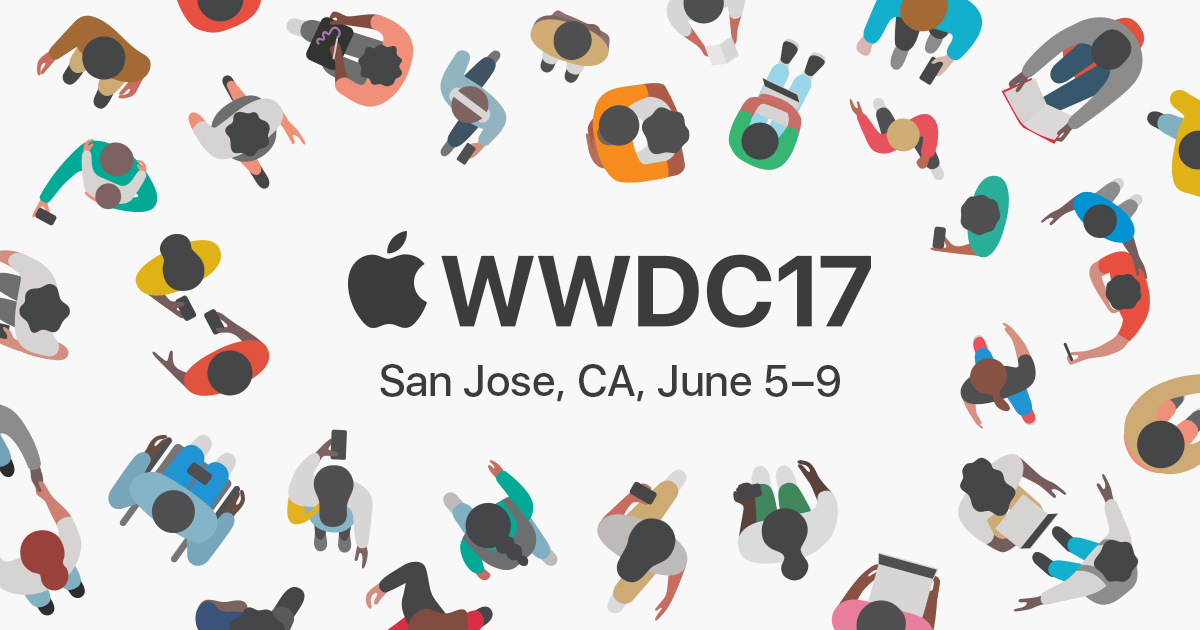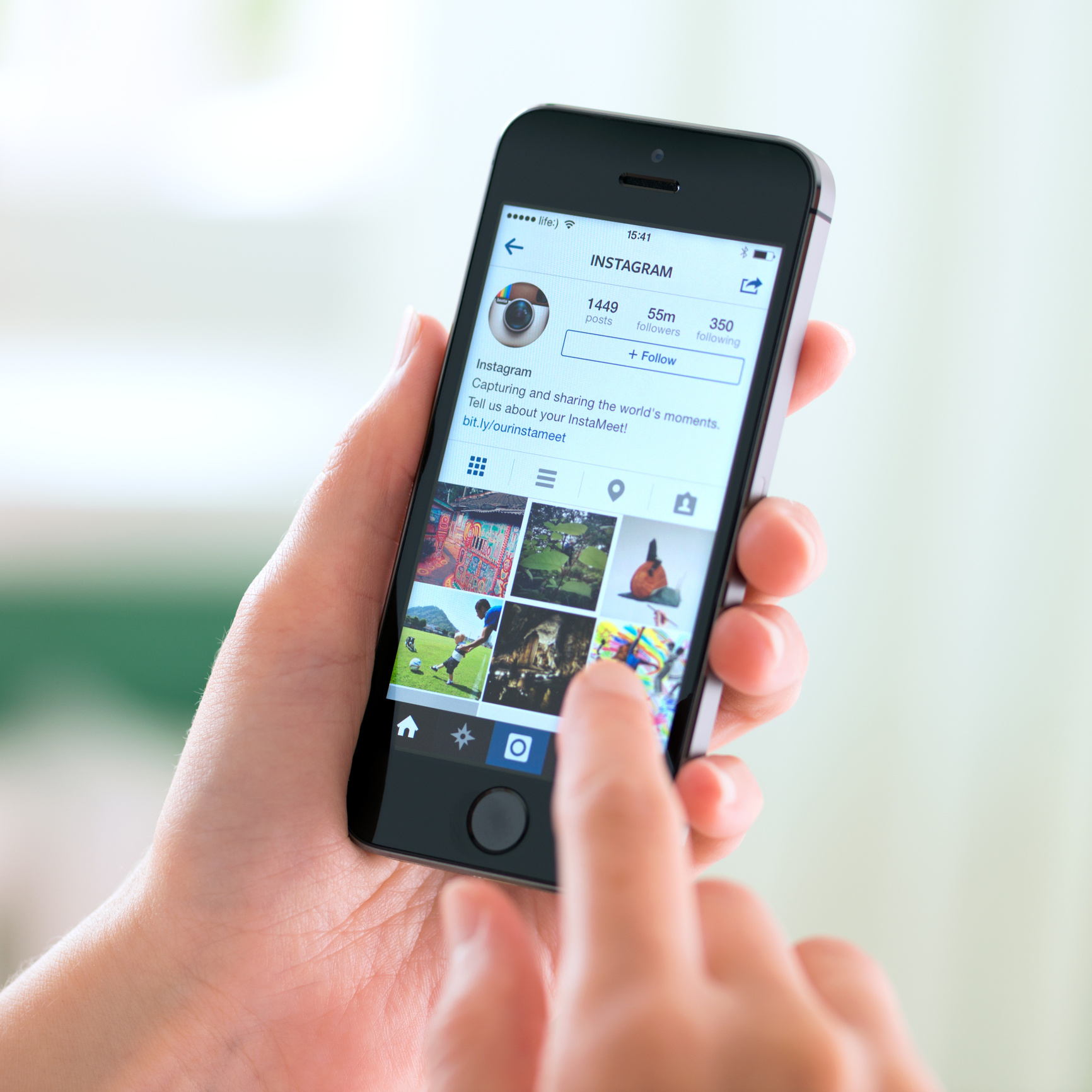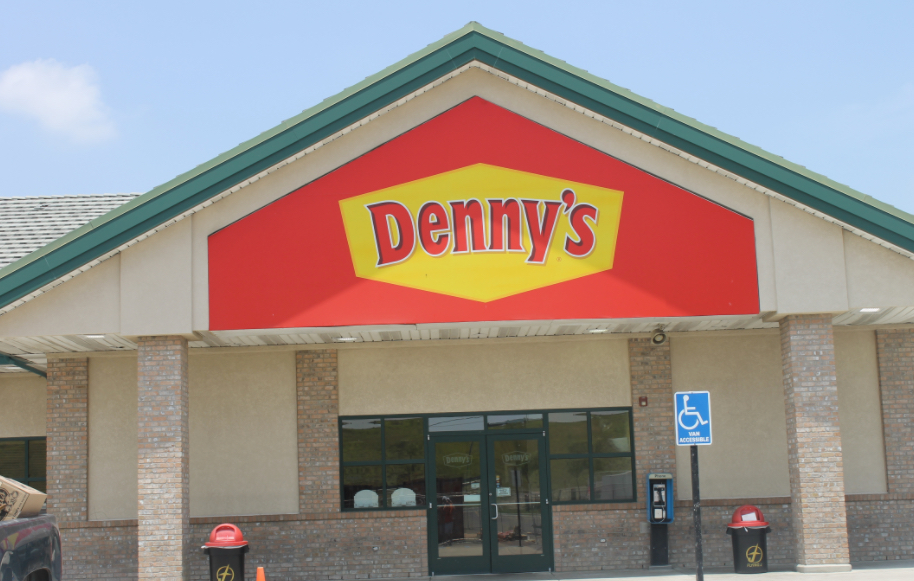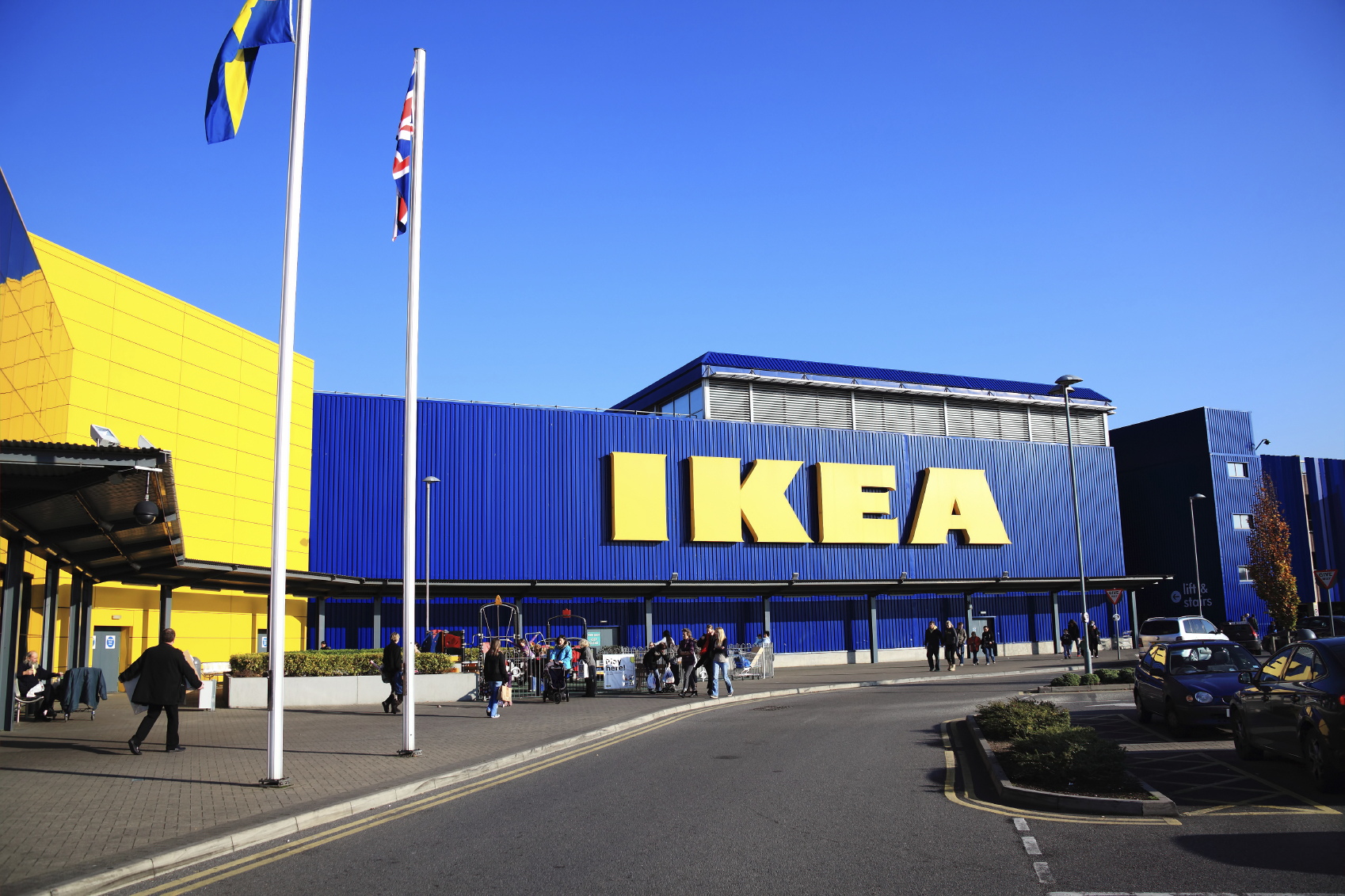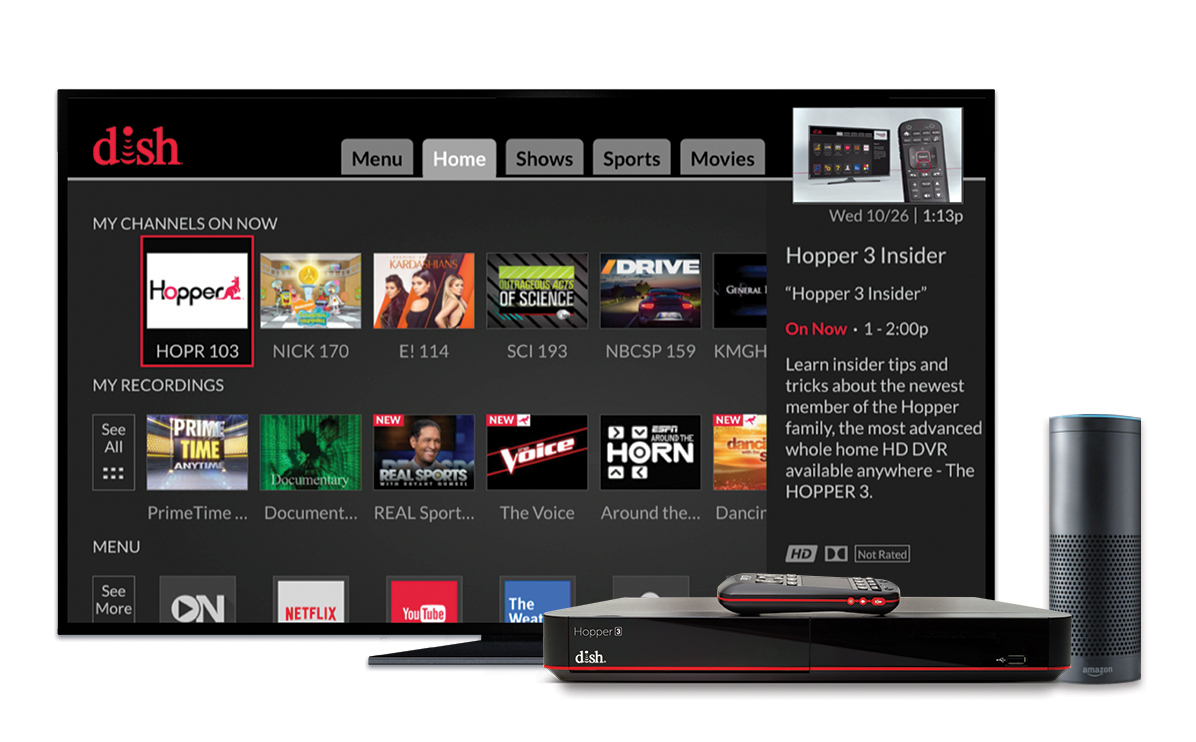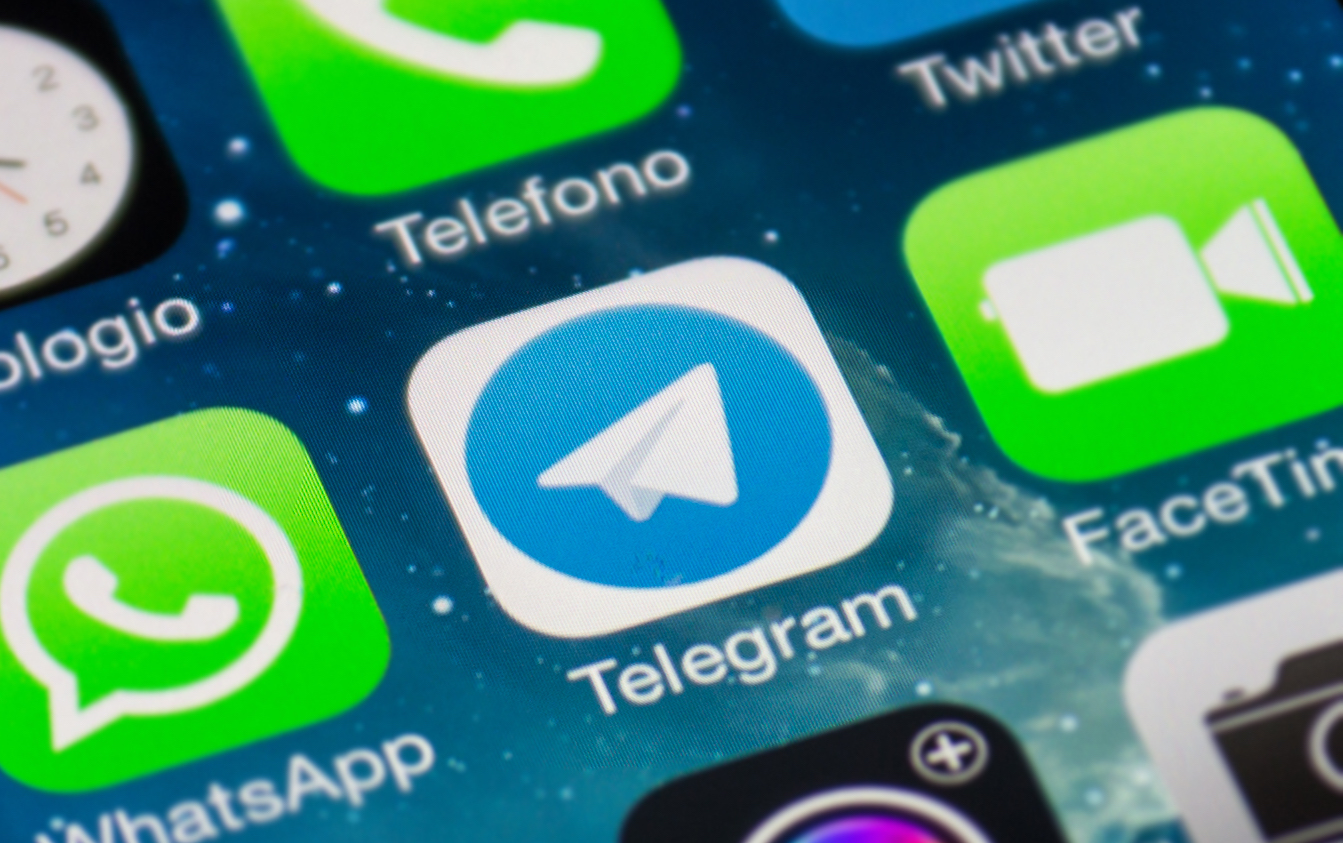Editor’s Note: This is an abridged version of our actionable intelligence products. For the full version, please contact our Director of Strategy Adam Simon ([email protected]) to join our newsletter subscription.
What Apple Shared
During a developer session on Friday afternoon, Apple shared some more details about Business Chat, an upcoming feature in iOS 11 that will allow businesses to communicate with customers via Messages, the default messaging app on Apple devices. We briefly mentioned this feature in our in-depth analysis of this year’s WWDC event, but this session provided us with a full set of feature specifications and a roadmap for brands to prepare for the public roll-out of Business Chat, which will occur sometime next year.
First up, Apple specified that Business Chat will be accessible through a “Message” button placed next to the “Call” button currently shown in the business information card found in Apple Maps, Safari search results, Spotlight search results, and Siri responses. Deep-link URLs linking to a specific Business Chat account will also be available for business to embed “Message” buttons into websites and apps so as to drive conversations.
Apple stressed that customers will have to be the ones to initiate the chat, but once they did, businesses are free to provide updates and send other messages. Business Chat conversations are saved as long-lived sessions, meaning that there will be no need for reintroductions and re-briefing when customers re-engage with a business, as they will be identified with an anonymized token ID with all previous chat interactions available for review.
Brands that wish to use Business Chat will need to apply for a Business Chat account and also use a supporting Customer Support Platform (CSP) to help route the inquiries and manage the customer data. According to Apple, there are four CSP services that have already integrated with Business Chat — LivePerson, Salesforce, Nuance and Genesys, meaning that businesses using these CSPs will be able to manage Business Chat using the tools they are already familiar with.
Business Chat also comes with a set of built-in features for businesses to provide a good customer experience. Besides general support for sending texts, images, videos, and documents as users usually can in Messages, it also includes a Time Picker that facilitates setting up appointments (which can also be integrated with EventKit to weed out conflicts with existing calendar events), a List Picker that offers a visual way to present a list of options for customers to choose from, and Apple Pay integration that allows for one-touch payments.
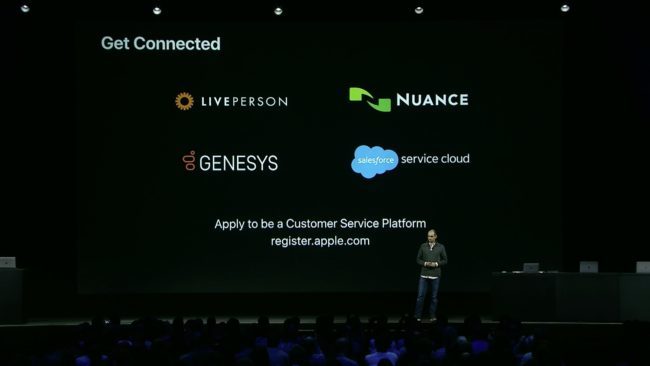
More interestingly, brands can use the iMessage App Framework to integrate iMessage apps into a Business Chat experience to deliver specific services, such as picking out seats in a theater, checking delivery progress, or even playing mini-games. However, Apple made no mention of chatbots, so it remains unclear if there will be a way for brands to automate any interactions within Business Chat.
Why Brands Should Care
The introduction of Business Chat marks an important step for Apple to open its default messaging app to businesses to connect with millions of Apple users, who are spending a significant amount of their mobile screen time in the Message app. According to eMarketer, 34% of all U.S. mobile users are currently using Apple’s Message app, making it the second most popular messaging app in the States after Facebook Messenger.
In fact, one could argue that the main reason that Apple started to add business-friendly features, starting with last year’s introduction of the third-party iMessage app, is to keep up with Facebook and make its messaging platform capable of meeting user’s increasing demand to communicate with businesses. Several studies and surveys have indicated that today’s mobile users would rather text than call. And brands need to be proactively embracing message apps to keep up with the shift in consumer behavior.
What Brands Need To Do
As Apple laid out at the end of the briefing, there are three things that brands can do today to prepare for the official launch of Business Chat:
- Start creating customer support experience with Business Chat SandboxApple release a Business Chat Sandbox tool for businesses and developers to test Business Chat Developer Preview on iOS 11. With it, brands can test out the built-in features they choose to integrate and customize the design elements of their chat experiences. They can also use it to test the JSON payloads before and after implementation. Developers can sign in to Business Chat Sandbox with their iCloud account and start testing.
- Connect with a supporting Customer Service PlatformBecause all user messages for Business Chat are required to be routed through a Customer Service Platform (CSP) after passing through Apple’s own Business Chat server, it is important that brands that are not currently using the four aforementioned CSPs start connecting their support platforms to one of them.
- Apply now for early access to beta testingBrands can now apply for early access to the Business Chat Developer Preview at this webpage, so that when Business Chat enters beta testing, they can be one of the first to start testing it internally with whitelisted employees. This way, once the feature is ready for public rollout, your brand would be ready to jump in on the iOS Message app and reach millions of iOS users, who also happen to be the high-value mobile users.
How We Can Help
The Lab has extensive experience in building Alexa Skills and chatbots to reach consumers on conversational platforms. So much so that we’ve built a dedicated conversational practice called Dialogue. The NiroBot we built in collaboration with Ansible for Kia is a good example of how Dialogue can help brands build a conversational customer experience,
If you’d like to learn more about how to effectively reach consumers on conversational platforms, or to leverage the Lab’s expertise to take on related client opportunities within the IPG Mediabrands, please contact our Director of Strategy Adam Simon ([email protected]) to schedule a visit to the Lab.

